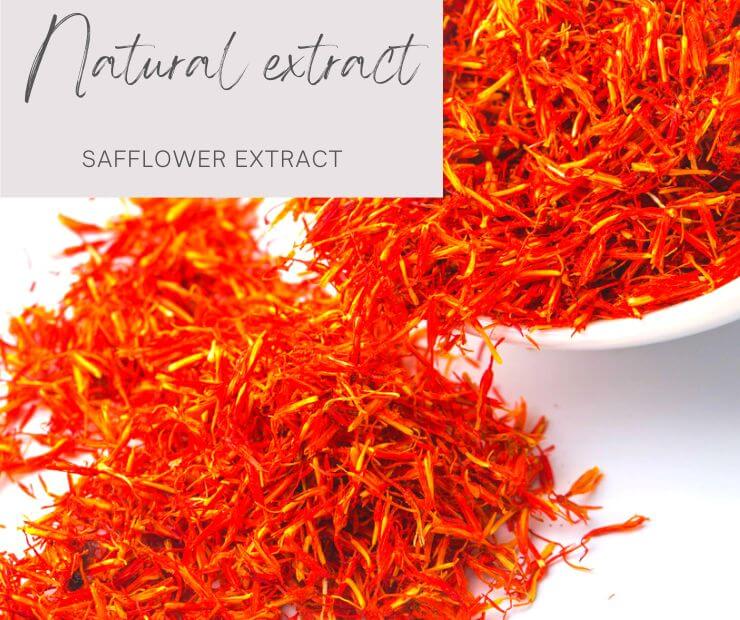Nature has always been a treasure trove of remedies and elixirs, offering us a multitude of plant-based compounds with remarkable health benefits. Among these, safflower extract stands out as a golden gem, rich in therapeutic potential and historical significance. This blog delves into the captivating world of safflower extract, unveiling its origins, extraction process, and myriad benefits that make it a valuable addition to natural remedies.
The Origins of Safflower:
Safflower (Carthamus tinctorius) has been cultivated for centuries, with its vibrant flowers and oil-rich seeds serving both ornamental and medicinal purposes. Native to regions spanning from the Middle East to India, safflower has captured the attention of various cultures throughout history. In ancient Egypt, safflower petals were used to create dyes for textiles and cosmetics, showcasing their versatile applications.
Extracting the Gold: Safflower Extract Production:
The journey of safflower extract begins with the delicate process of extracting its bioactive compounds. Typically, the oil from safflower seeds is extracted through cold pressing, yielding safflower oil renowned for its high content of omega-6 fatty acids. However, a more sophisticated approach involving solvent extraction or supercritical fluid extraction is often employed to extract safflower’s potent compounds. This intricate process retains the plant’s valuable constituents, including antioxidants like flavonoids, carotenoids, and polyphenols.
A Treasure Trove of Benefits:
- Heart Health: Safflower extract’s omega-6 fatty acids, specifically linoleic acid, can contribute to maintaining healthy cholesterol levels and promoting cardiovascular well-being.
- Skin Nourishment: The antioxidants found in safflower extract can aid in protecting the skin against oxidative stress, potentially reducing the appearance of fine lines and maintaining a youthful glow.
- Anti-Inflammatory Properties: Carthamus tinctorius extract contains compounds with anti-inflammatory potential, making it a promising candidate for supporting joint health and overall inflammation management.
- Metabolic Support: Studies suggest that safflower extract may support healthy metabolism and weight management, though further research is needed.
- Hair Care: Traditionally, safflower oil has nourished and strengthened hair, potentially reducing breakage and promoting healthy hair growth.
- Antioxidant Defense: The presence of flavonoids and carotenoids in safflower extract contributes to its antioxidative properties, which can help combat cellular damage caused by free radicals.
Incorporating Safflower Extract into Your Routine:
Safflower extract is available in various forms, including dietary supplements, skincare products, and even culinary applications. When considering its inclusion in your routine, it’s advisable to consult a healthcare professional to ensure compatibility with your individual needs and any potential interactions with medications.
Conclusion:
As we journey through the pages of history and delve into the intricacies of nature, Carthamus tinctorius extract emerges as a remarkable gift. From its ancient roots to its modern applications, this golden elixir offers an array of potential benefits for heart, skin, and overall well-being. Whether in the form of supplements or skincare treatments, safflower extract invites us to tap into its natural wonders and embrace the wealth of health it brings to our lives.


